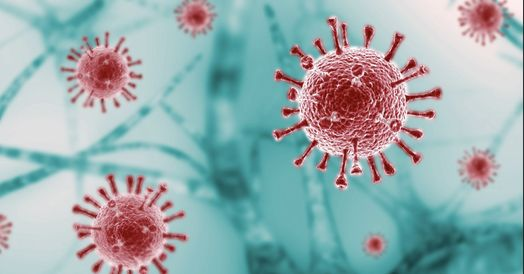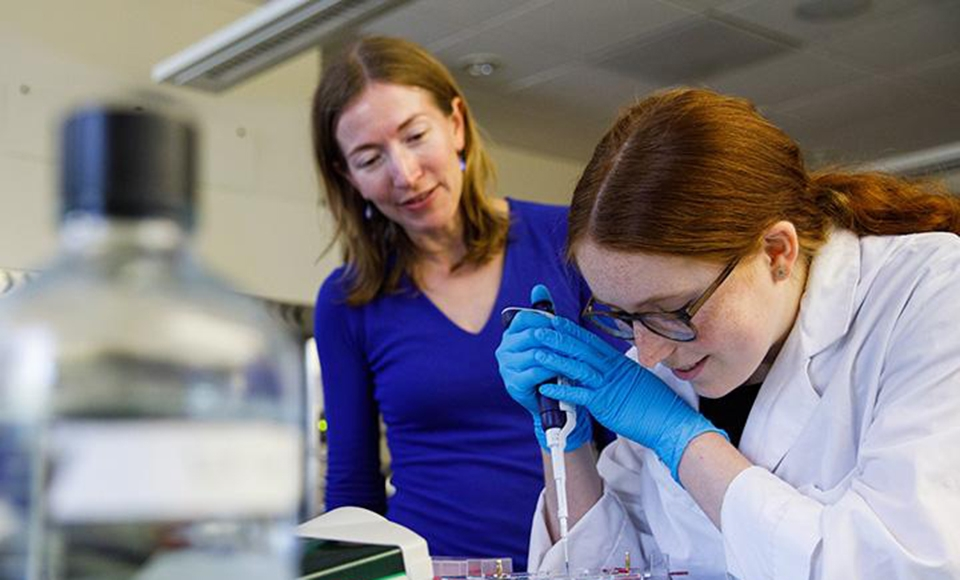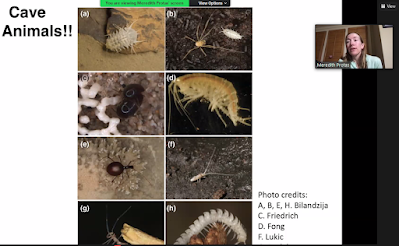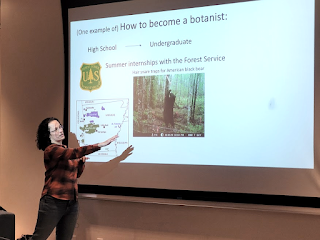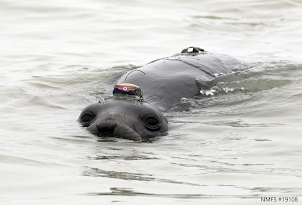by Samantha Dvorin, Archie Williams High School
Art Wallace is a cardiac anesthesiologist and biomedical engineer who works as a professor emeritus of anesthesiology and perioperative care at UCSF and the Chief of Anesthesia at VAMC SF. He researches drug and device development to reduce perioperative risk. He has a B.S. in engineering and applied science from Yale. He also has an M.D. and Ph.D. from Johns Hopkins Medical School in Biomedical Engineering. On Wednesday, November 30, 2022, Dr. Wallace presented "COVID 19 and Long Covid: Rapidly Developing Therapies For a New Disease" at the Marin Science Seminar. We asked him some questions about his work.
1. How has the world of drug development and research changed since the emergence of COVID-19?
Science has had to speed up dramatically. Normal drug development takes one to two decades. In COVID we had to do it in 1-2 years. Prior to COVID, the fastest any vaccine had ever been developed was 4 years. With COVID, it was done in 1 year! AIDS has been around 40 years and we still don't have a vaccine.
2. Who is most at risk for Long COVID and is it preventable?
Older people, people with co-existing disease, and unvaccinated people. But, young, healthy, vaccinated people, who didn't get very ill with covid can still get Long COVID. Prevention is very simple, don't get COVID and get vaccinated and boosted.
3. What are some common misconceptions people have about COVID, especially Long COVID?
There are several diseases such as myofascial syndrome and chronic fatigue syndrome which we don't understand. We don't know the cause or have any treatment or know if they are really diseases. When a disease is of unclear origin with no therapy there is a tendency to say it is psychosomatic (in your head) or is just depression. When Long COVID came along some people thought it was just depression. Some thought it was psychosomatic. The NIH invested more than 1 billion dollars with the sole question of “is this a real disease?” and gave the grantees four years to figure it out. These grants were not allowed to search for cures for long covid, just ask, does it exist. A month after the request for proposals, an epidemiologist in the VA Al-Aly did epidemiology to show exactly what the symptoms were, how many people got them, and how long they last, essentially making the NIH studies, which hadn't yet even started, useless.
4. Why does every patient experience Long COVID differently and does it have anything to do with previous health issues or the severity of their initial COVID diagnosis?
Long COVID seems to be a multitude of problems. Microvascular damage, autonomic damage, neuroinflammatory processes, cardiac and renal damage, and psychiatric problems. People who get severe COVID have more problems with long covid, but people who get mild COVID can still develop long covid. The exact cause is unclear. It is likely multiple factors including immune response, the severity of illness, microvascular damage with small thrombi causing stroke, neuroinflammation, and maybe some residual virus. The causes are unknown.
5. Does having the COVID vaccine and the subsequent boosters have any effect on the likelihood of getting Long COVID or on the severity of the disease?
Yes. Vaccination reduces the risk of long covid by about 15%.
6. What does a typical day as a cardiac anesthesiologist and biomedical engineer look like?
Get up at 5 am to go to work. Three days a week I work in the OR providing anesthesia care to patients. Two days a week I do administrative work (hire people, get them paid, etc, etc, etc). I then use the rest of the time to do science (figure out how to pay for it, fill out paperwork to get it approved, write grants, develop software, publish papers). Then go home around 7 pm. Oh, then I am on call at night and on weekends when people have a disaster.Dr. Wallace in the operating room
7. What advice would you give a young person interested in medicine or medical research?
Study hard, take science, math, etc classes. Do well in class. Apply to the best college you can get into. Get perfect grades. Then take a year of English, a year of calculus or higher math, a year of chemistry with a lab, a year of organic chemistry with a lab, a year of physics with a lab, biochemistry, psychology, statistics, and then major in something. I was an electrical engineer. Volunteer in hospitals so you can decide if and why you want to be a doctor. Volunteer in a lab doing research to learn how to do research. Then apply to medical school and or an MD/Ph.D.
8. What is your team working on now to advance the drug development process for Covid and Long COVID?
We are looking at publishing continuously a daily update on vaccine efficacy and boosters. We are trying to get funding for the long covid drug development project. Paying for research is the hardest part.
Learn More:





